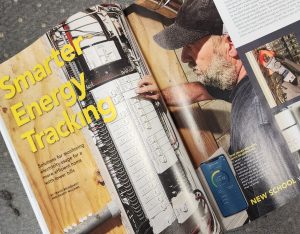This post first appeared in the December 2022/January 2023 issue of Fine HomeBuilding Magazine.
For hundreds of years, adhesives were created with organic compounds made from animal parts and natural resins for wood joinery, book binding, and other tasks requiring materials and surfaces to be bonded together.  Today, most construction adhesives are made with synthetic acrylic resins, polyurethane monomers, hexane, and other nonpolar solvents, all man-made compounds. Modern adhesives are used extensively by manufacturers, builders, and homeowners, and some form of them can be found in nearly every product around you. While adhesives are available in buckets, sticks, drums, tubes, cartridges, and more, this article will concentrate on the fluid adhesives often used in construction and commonly found at hardware stores, lumberyards, and home improvement centers; the differences between them; and how each of them should be used. Continue reading “Construction Materials-Success with Construction Adhesives”
Today, most construction adhesives are made with synthetic acrylic resins, polyurethane monomers, hexane, and other nonpolar solvents, all man-made compounds. Modern adhesives are used extensively by manufacturers, builders, and homeowners, and some form of them can be found in nearly every product around you. While adhesives are available in buckets, sticks, drums, tubes, cartridges, and more, this article will concentrate on the fluid adhesives often used in construction and commonly found at hardware stores, lumberyards, and home improvement centers; the differences between them; and how each of them should be used. Continue reading “Construction Materials-Success with Construction Adhesives”









